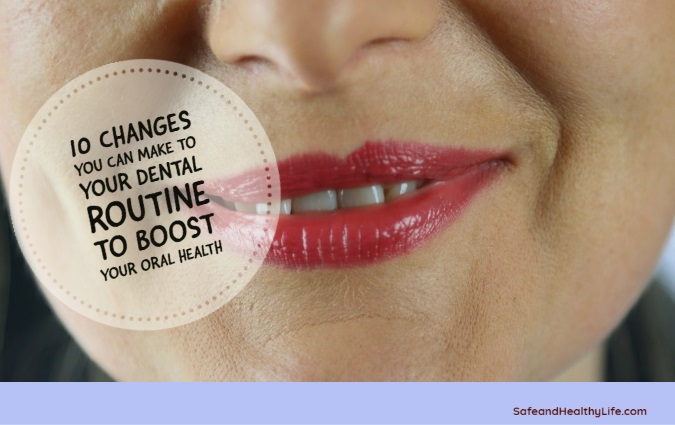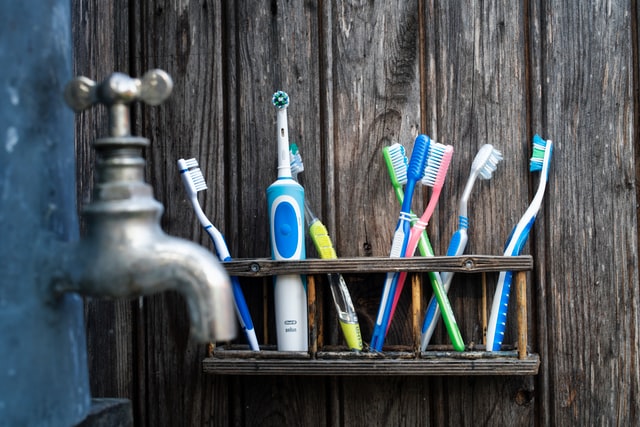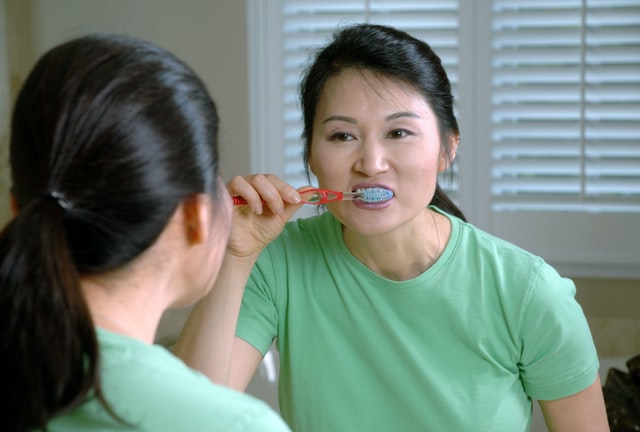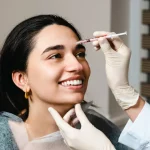
Although observing smart habits is part of everyday life, most people find that they can still do more to ensure better health and well-being.
One area of wellness that many like to focus on is their oral health. Now that more studies prove a direct connection between the condition of the mouth and severe health issues, many believe that not only should they implement new practices, but they should also be more consistent with them.
If you also believe that you can still do more to ensure good oral health, provided below are 10 changes you can make towards achieving this goal.
1. Opt for a soft bristle toothbrush.
One dentist says that people’s teeth are quite similar to the exterior work of a car – in this respect, using hard brushes is a no-no in maintaining the “polish”.
Use a hard-bristle toothbrush to get your teeth clean, and for sure, you will leave deep scratches that can cause damage.
It’s vital to note as well that hard-bristle toothbrushes can be too harsh for the gums. If you’re of advanced age, in particular, this can result in tender, swollen gums.
So, ditch the hard-bristle toothbrushes and use a softer option instead.
2. Pay attention to the head design of your toothbrush.

Photo by Henrik Lagercrantz from Unsplash
The head design of your toothbrush plays a vital role in effective brushing. For instance, a slender head is more effective in reaching hard-to-reach teeth (such as your wisdom teeth at the back).
Meanwhile, a toothbrush design with a flexible neck is also a better option because it allows the brush head to mold better to the teeth, dislodging more food debris stuck between the teeth.
3. Stop brushing in haste.
Brushing your teeth in a hurry means that you’re not reaching tricky spots in your mouth properly, and you’re only polishing your teeth (albeit not too effectively).
When you brush, the primary purpose is to get rid of food particles to prevent the development of cavities and bad breath. Dentists recommend dedicating two minutes to the task, and brushing from the gum line and then away from it.
4. Don’t brush your teeth too hard.

Photo by National Cancer Institute from Unsplash
Most people think that brushing hard is the best way to get their mouth clean, but dentists say that it’s actually a counter-productive practice.
Brushing your teeth too hard splays the bristles of the toothbrush. Splayed bristles don’t work too well in brushing out food particles, especially along the gumline.
5. Start brushing your gums.
If you don’t brush your gums, start doing so today. The gentle massage can contribute to better gum health and prevent periodontal disease.
While you can use your soft-bristle toothbrush for the job, you may want to consider silicone gum brushes. A silicone gum brush is much softer and will not scratch your gums.
Since you’re already brushing your gums, extend it to your tongue as well, where a lot of oral bacteria reside.
6. Floss at least once a day.
According to the US News and World Report, only about 30 percent of the world population floss daily. It’s no wonder so many people these days have gum problems and suffer from periodontal disease.
Flossing is incredibly essential for oral hygiene and health because it is more effective than brushing when it comes to getting rid of food particles stuck between teeth and along the gum line.
If you do not floss at least once every day, start doing so, and you will see a significant improvement in your dental health. Plus, you will find that your breath smells fresher, longer.
Do you find flossing a little tricky? There are flossing tips that you can follow online to make the task much easier to approach.
7. Do not brush your teeth right after eating a meal.

Photo by cottonbro from Pexels
Dental care experts strongly advise against brushing the teeth right after a meal. This is due to the presence of acids in the mouth of the food consumed, which can soften the teeth’s enamel. It’s better to wait about 30 minutes or so before brushing.
During this waiting period, you can chew minty-fresh gum, which will freshen your breath and also loosen stuck food particles.
Additionally, chewing a piece of gum will increase saliva production, neutralize the acids in your mouth, and flush them faster.
8. Use alcohol-free mouthwash.
Alcohol maybe a reliable disinfectant; however, it can be quite drying for the mouth, which will encourage remaining germs and bacteria to reproduce much faster.
If you like the freshness of using mouthwash after brush and flossing, it’s best to use an alcohol-free version, which can better maintain the natural balance of saliva and will not sting and leave the mouth feeling too dry after.
If you want more oral benefits from mouthwash, look for formulations that target specific problems such as plaque, weak teeth, yellow teeth, and sensitive gums.
9. Drink enough water.

Photo by jarmoluk from Pixabay
Water is a wonderful detoxification agent, and it truly is the best beverage for good health. When it comes to oral health, though, the main function of water is to wash away germs and bacteria breeding in your mouth that can lead to bad breath and cavities.
Therefore, If you have a dry mouth, then you need to stay hydrated even more by drinking water.
If you don’t particularly enjoy drinking water because of its flat taste, opt for sparkling water and add lemon to it.
Not only will this make water a more refreshing drink, but it also offers other health benefits such as weight loss, better digestion, and improved skin quality.
10. Eat more raw and vitamin-enriched foods.
Lastly, your diet also has an essential contribution to the condition of your mouth, and dental experts suggest eating more raw and vitamin-enriched foods. Related.
Colorful vegetables and fruits supply nutrients that aid the development of teeth, as well as prevent periodontal disease.
Some of the best fruits and vegetables to eat for stronger teeth and gums are spinach, kale, carrots, strawberries, pineapples, and apples.
These 10 changes are simple to implement. Start with a few and gradually apply more until you see a significant improvement in your oral health.
About The Author:
Anne Kamwila is a freelance content writer and a digital marketer. She is passionate to write on health, technology, and business-related guides, news, and books.




